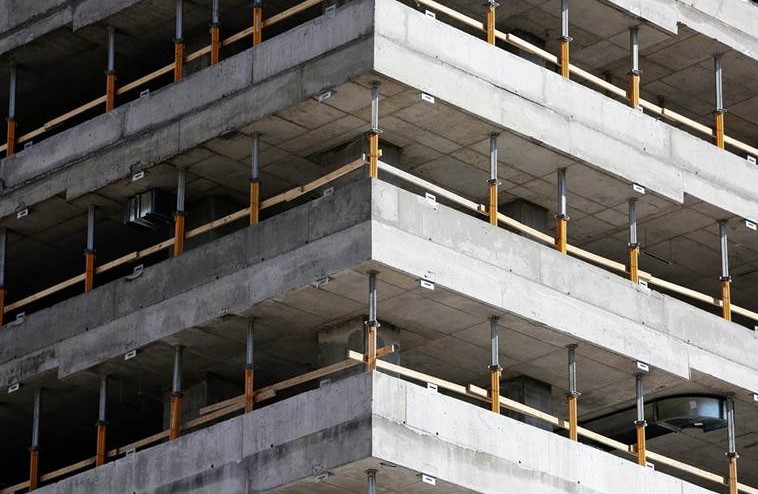
Growth in the Irish construction sector strengthened at the start of 2016, with activity rising at the fastest pace in seven months on the back of an accelerated expansion in new business according to the latest Ulster Bank Construction PMI report.
This encouraged firms to take on extra staff and increase their purchasing activity, while business sentiment remained strongly positive. The Ulster Bank Construction Purchasing Managers’ Index® (PMI®) – a seasonally adjusted index designed to track changes in total construction activity – rose sharply to 63.6 in January from 58.6 in December. This signalled a second successive acceleration in the rate of growth of construction activity, with the latest expansion the fastest since June last year. Total activity in the sector has now increased in each of the past 29 months.
Commenting on the survey, Simon Barry, Chief Economist Republic of Ireland at Ulster Bank, noted that: “The Irish construction sector has gotten off to a very strong start to 2016 according to the results of the latest Ulster Bank Construction PMI survey. Building on December’s solid improvement, a further significant increase in the headline PMI reading took it to 63.6 in January – its highest level since last June. The New Orders and Employment indices both also rose to seven-month highs in January indicating that the pace of overall activity, new business and hiring have all accelerated meaningfully in the early part of the New Year. Furthermore, the early-year improvement has been broadly based: respondents have reported stronger activity growth across all three sub-sectors of Housing, Commercial and Civil Engineering, with a particularly strong – and welcome – pick-up recorded in Housing where growth was the fastest since October 2014.
“Overall, the strong Construction PMI figures mirror the encouraging signals sent from the other Irish PMI surveys for January, particularly the Services equivalent which jumped to its highest level in over 9 ½ years. So while there are some prominent downside risks facing the outlook for the global economy at present, several important areas of the domestic economy in Ireland look to be carrying considerable momentum into the early months of 2016.”
All three categories see growth quicken
Each of the three monitored areas of the Construction sector matched the total picture by recording faster rises in activity during January. The steepest increase in activity was on housing projects, where the rate of growth was the sharpest since October 2014. Meanwhile, rates of expansion in the commercial and civil engineering categories were the fastest in seven and 13 months respectively.
Sharper rise in new business
Anecdotal evidence linked higher activity to growth of new orders. New business increased for the thirty-first successive month in January, and to the greatest extent since June last year.
Staffing levels increase again
Rising new business levels were also behind a further increase in employment in the sector. The rate of job creation quickened for the third month running and was substantial.
Construction firms also increased their purchasing activity at a stronger pace in January, again linked to rising new orders. Input buying has expanded in each month since March 2014.
Higher demand for inputs imparted pressure on capacity at suppliers to the construction sector, and resulted in longer delivery times. The latest deterioration in vendor performance was the greatest in five months.
The usage of sub-contractors rose at a sharp and accelerated pace in January, contributing to another decline in their availability. Companies reported a further modest reduction in the quality of work carried out by sub-contractors, but rates charged increased at a sharp and accelerated pace.
Input prices rose sharply again in January, albeit at the slowest pace in three months. Higher costs for some raw materials reportedly outweighed the downward impact of lower oil prices.
Business sentiment was little-changed at the start of the year, remaining strongly positive. Rising new work was the main driver of optimism regarding activity for the year ahead, with three-fifths of respondent predicting growth.